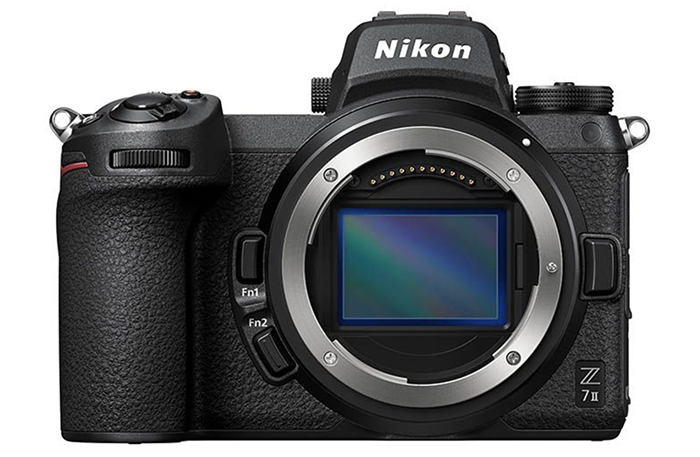Toyo Keizai Online talks about the deep Nikon camera business issues

Tokyo Keizai Online wrote an article about the Difficulty for Nikon to fall into the red and suffer from “camera slump”. Here is the google translated text from the summary written by Digicameinfo:
- The prestigious Nikon is in dire straits. The operating loss for the April-September period of 2020 announced by the company on November 5 fell to a deficit of 46.6 billion yen. The main reason is that the performance of the main camera business is deteriorating.
- In the video business, which includes cameras, sales for this term are expected to decrease by about 40% from the previous term to 140 billion yen and an operating deficit of 45 billion yen.
- Toshikazu Umatate, president of Nikon, emphasized the stance of carrying out structural reforms centered on cameras, saying, “We want to create a muscular structure in the video business that can generate profits even with sales of 150 billion yen or less.” The production of the main body of the digital single-lens reflex camera handled at the factory in Miyagi prefecture will be consolidated at the Thai factory, and the sales companies will be integrated. In addition, the number of overseas employees is planned to be reduced by 2,000 by March 2022, which is about 20% of the total overseas.
- It’s not just the external environment of shrinking the camera market that plagues Nikon. The internal factor of delay in the mirrorless camera also echoes. Nikon is afraid of conflict with single-lens reflex cameras, and finally made a full-scale entry into mirrorless cameras in 2018. The difference is clear, with Sony’s 1.65 million mirrorless production in 2019 and Nikon’s only 280,000.
- Nikon plans to launch three new mirrorless models at once in the second half of this year, focusing on professional and high-end products, but there are still concerns about whether Nikon can catch up with the delay. Within the company, the SLR orientation that has swept the world is deep-rooted, and it is essential to shift development costs and sales promotion costs to mirrorless cameras in the future.

